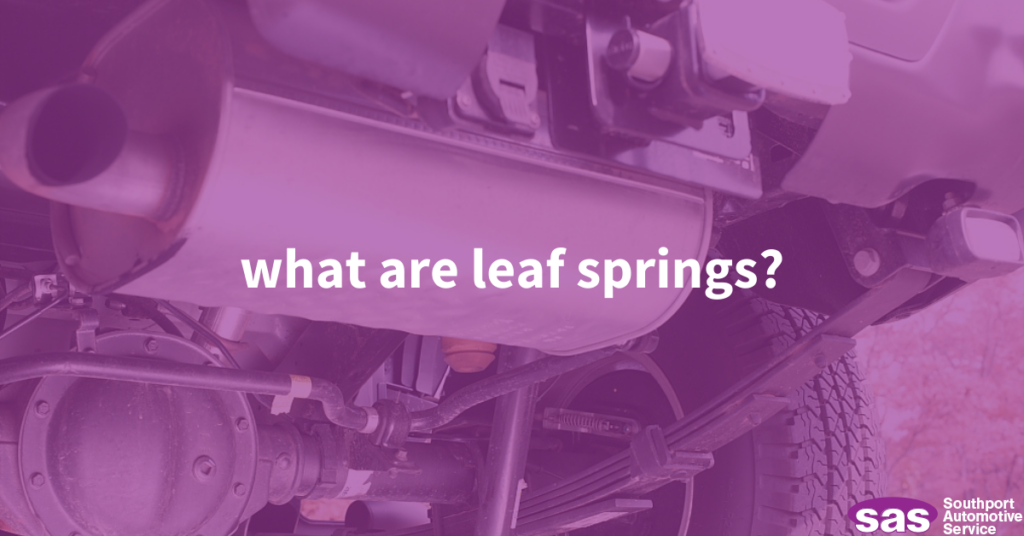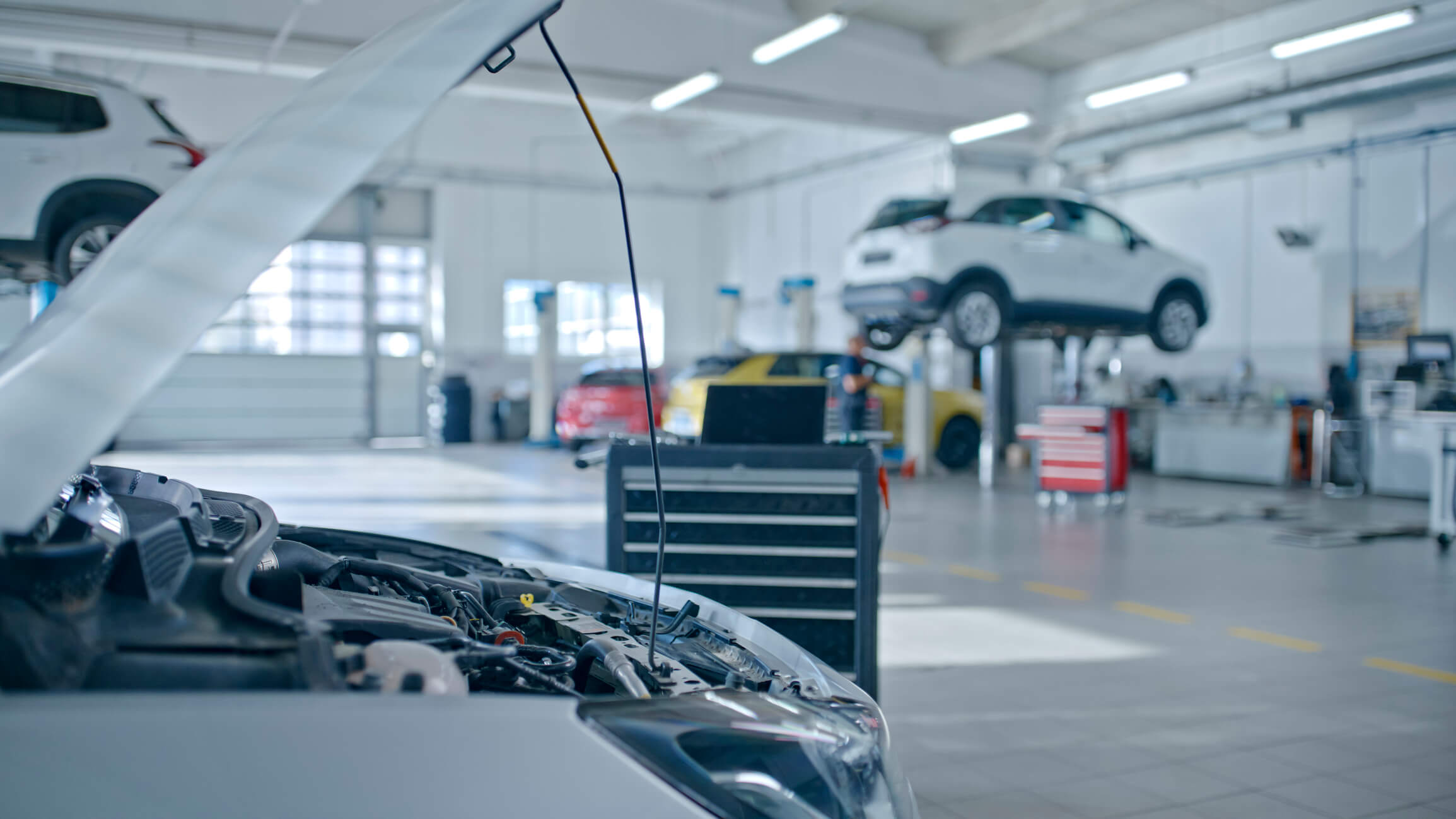
What Is A Leaf Spring Suspension?
January 9, 2020
Cars and trucks are comprised of suspension geometry that might look foreign to us, and while it might actually be a bit harder to understand than putting gas in your car and taking off, it’s actually not as hard as many people think it is. Below are a few insights to leaf spring and conventional spring suspensions that you can jot down and study.

Leaf Spring Suspensions
Something that isn’t seen on too many cars nowadays is the leaf spring suspension. This type of platform is based on older, Europe designed suspension that relies on spring steel cross sections that provide both suspension and damping while driving. Most of the time, you’ll find these suspensions attached to the frame of the car, or attached at one end and shackled at the other.
Traditional Springs
In most modern cars, you’ll find a regular shock and spring suspension on the 4 corners. This is usually paired with bump stops, an OEM spring, and shocks/struts that allow the car to respond to changing road conditions and keep you comfortable at the same time. In most cases, this has become the standard suspension choice for many due to its ease of replacement, modification, and fine tuning overall.
If you’re experiencing a suspension issue or just want yours checked out to be safe, make sure to head somewhere that houses technicians who can accurately and meticulously work on your car to diagnose your next steps.
Southport Automotive is Fairfield County’s premier service station for all things Automotive. In business since 1981, we’ve helped get thousands of Connecticut residents back on the road faster, and for longer. To learn more about how we can help your vehicle stay in its best shape, please give us a call at 203-259-3839. For more tips and tricks, make sure to like us on Facebook!
Recent News

How to Maximize Your Car’s Fuel Efficiency
May 30, 2025

The Importance of Regular Vehicle Inspections in Winter Months
February 28, 2025

Seasonal Car Maintenance Tips for Fairfield County Drivers: Keep Your Vehicle Ready for Winter
October 29, 2024

5 Essential Tips for Maintaining Your Vehicle’s Performance
August 23, 2024

The Ultimate Guide to Finding Reliable Auto Repair Shops in Fairfield County
May 31, 2024

Cold Weather Maintenance Tips For Your Car
February 28, 2020

